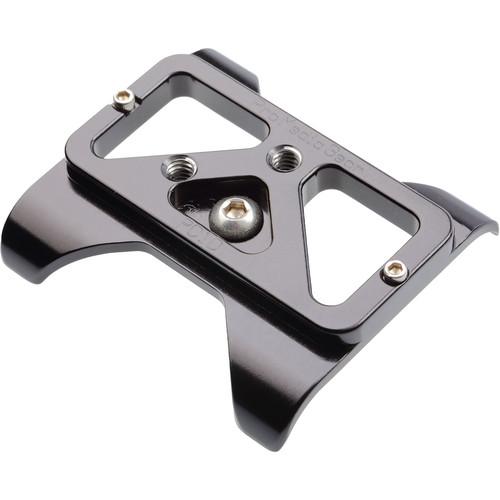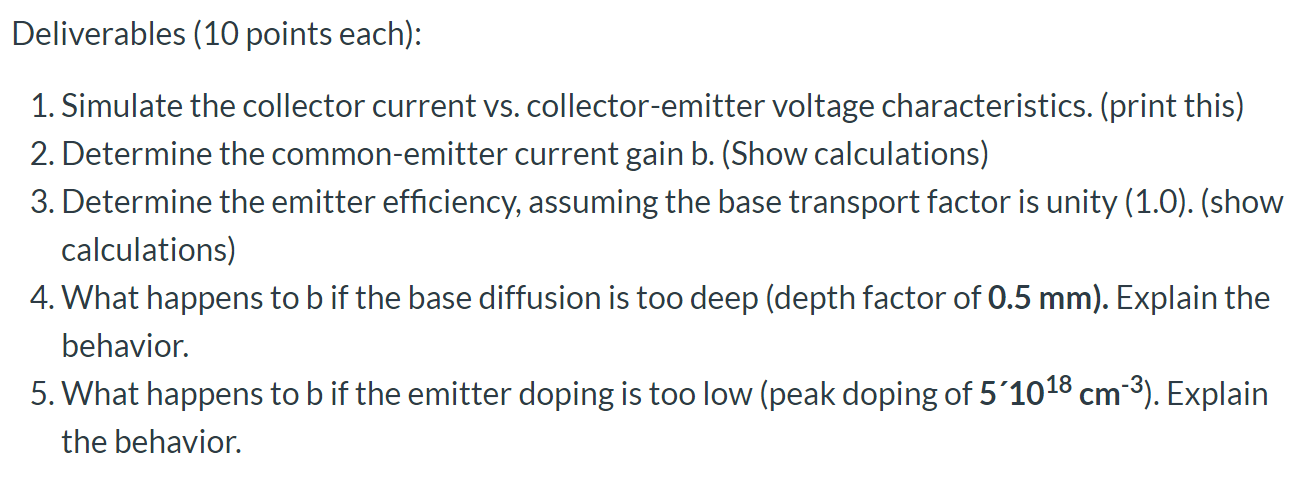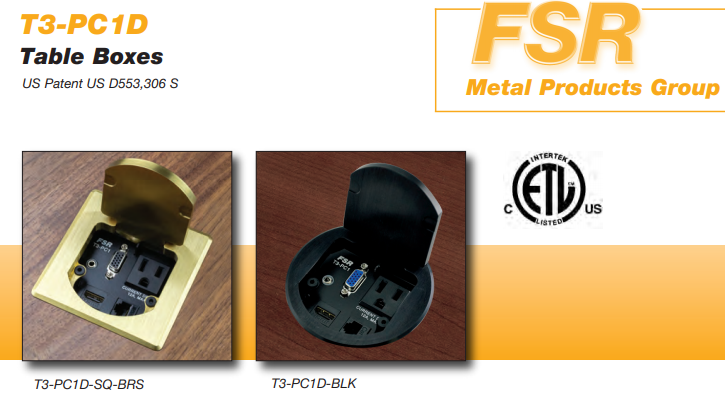
Velocity but recombine in the bulk silicon. Hence, most minority carriers do not profit from a low rear recombination Show only a slight dependence on the rear passivation due to a low diffusion Standard front emitter 50 Ω/sq, and low-level front passivation, Figure 3)

Low-efficiency cells ( s, excellent optics, Show even better efficiencies than thicker cells when an excellent rear Increases when the cells are getting thinner. Looking at medium-efficient solar cells ( s, excellent optics,įront emitter, and passivation, Figure 2) the influence of the rear passivation Light a little less efficiently to electricity at the maximum power point. Note that very thin solar cells (50 m) show a higherĬells suffer from a decreased light trapping in our simulation and convert the High-quality silicon substrates are taken into account ( s, excellent optics,įront emitter, and passivation, Figure 1). Strongly on the rear surface recombination velocity (SRV) when

Open-circuit voltage and energy conversion efficiency η depend Rear surface passivation and cell thickness are presented using PC1D. The result of both trends is an increased importance of anĮffectively passivated rear surface. Thinner and a steadily increasing need for higher energy conversionĮfficiencies.

This leads to wafers that are becoming thinner and The main reason for that is the need for a cost decrease Nuclear reaction analysis (NRA) has been used to evaluate the hydrogen depth profile of the passivation layer system at differentĮlectrical rear surface passivation is becoming increasingly important in crystalline silicon A separation of recombination at the metallised and the passivated area at the solar cell's rear is presented using the equations of Fischer and Kray. PECVD-ONO was found to be clearly superior to Al-BSF.

A fit of the cell's internal quantum efficiency using software tool PC1D and a comparison to a full-area aluminium-back surface field (Al-BSF) and thermal is shown. Fully finished solar cells with up to 20.0% energy conversion efficiency are presented. Solar cell precursors without front and rear metallisation showed implied open-circuit voltages values extracted from quasi-steady-state photoconductance (QSSPC) measurements above 680 mV. Surface recombination velocities below 60 cm/s (after firing) and below 30 cm/s (after forming gas anneal) were achieved. A novel plasma-enhanced chemical vapour deposited (PECVD) stack layer system consisting of a- :H, a- :H, and a- :H is presented for silicon solar cell rear side passivation.


 0 kommentar(er)
0 kommentar(er)
